Published on November 8th, 2022
Last updated on January 24th, 2023
9 Ingredients In Skincare Products You Had Better To Avoid
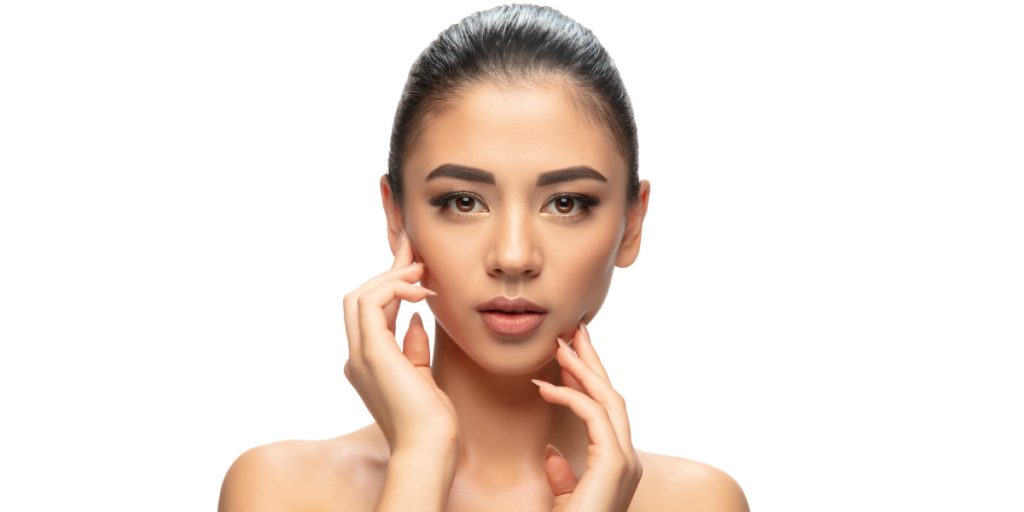
Looking for the best skin care products to keep your skin looking young and healthy? You might be surprised to learn that some of the ingredients in your favorite cosmetics can do more harm than good. Of course, without the various chemical compounds, there wouldn’t be such a large selection of cosmetics. But unfortunately, many skincare products contain bad ingredients you had better to avoid.
In this article, I’d like to tell you about some of the worst cosmetic skincare ingredients to avoid. Knowing which chemicals to avoid will help you make better choices when choosing skin care products and protect your skin from potential harm. So, what are some of these harmful ingredients? Read on to find out!
Parabens
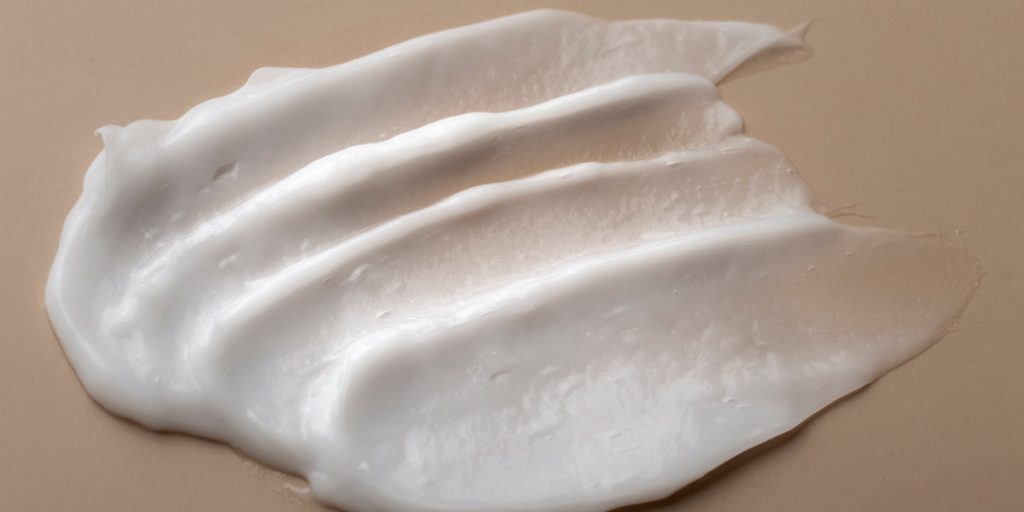
Parabens are chemical compounds known for their antibacterial and antifungal properties, so they are popular with manufacturers as the most reliable preservative. Some parabens can be derived from plants, but many cosmetic products use synthesized parabens created by treating acids with the appropriate alcohol.
Toxic parabens in makeup as an ingredient are widely used to create fragrances, as well as to maximize shelf life and reduce the cost of products. Scientists estimate that up to 90% of all cosmetics on the market contain these chemicals.
Why are parabens considered the worst skincare ingredients?
- They can cause hormonal imbalances.
- They mimic the effects of estrogen, so they are undesirable for pregnant and breastfeeding women.
- Susceptible to UV rays and, therefore, may lead to premature skin aging.
In the EU, selling and distributing cosmetic products is forbidden if their paraben content exceeds 0.4%.
What to look for on the label: E218, E219, E214, E216, Methylparaben, Ethylparaben, Isopropylparaben, Propylparaben, Butylparaben, Benzylparaben, Glutaraldehyde, Hexamidine-Diisethionate, Phenol, Phenyl Mercuric, Benzethonium Chloride.
Synthetic Fragrances Or Flavorings
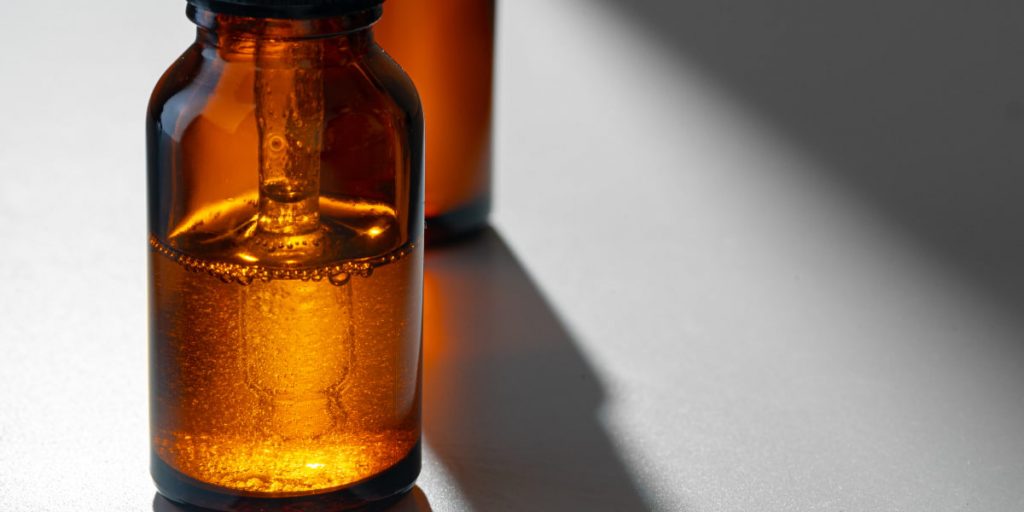
Nowadays, we can’t imagine shower gel or shampoo without our favorite scent. But what gives it that scent? You hardly think that it is a toxic skincare ingredient.
The fact is that fragrances are a complex mixture of synthetic substances to give cosmetics a pleasant fragrance. They are divided into three types: perfumes, soap, and cosmetics. The first two fragrances are safe because they are used for their intended purpose or in small concentrations. But in cosmetics, more active components are used, which can be harmful.
In some cases, fragrances are used not so much to give the product a unique fragrance but rather to suppress its primary chemical odor, which is not very pleasant.
Perfumes are always a mix of ingredients that can be bad for the skin. Not all of them have been studied enough, so they are likely to cause allergies, asthma attacks, or migraines.
Recipes of many fragrances are considered trade secrets, so brands are entitled not to disclose the ingredients of perfumes. International organizations, which certify organic cosmetics, prohibit the use of fragrances and call for their elimination to support the environment.
What you should look for on the label: fragrance, perfume.
Ethanolamines (DEA)

These substances are considered ingredients in skincare that you should avoid. They are synthetic ammonia derivatives. This ingredient has a wide range of uses. For example, it is added to substances with a foaming and creamy consistency. So that ethanolamines can be seen on the label of moisturizers and shampoos.
Ethanolamine and its derivatives are used to create products of various thicknesses. They are also a pH regulator. Ethanolamine and its compounds can cause mild to moderate skin or mucosal irritation. High doses can cause thyroid problems and skin changes.
The use of this chemical in cosmetics in large quantities is forbidden by international organizations, as it is an ingredient for makeup and should be avoided.
Similar ingredients are MEA (monoethanolamide) and TEA (triethanolamine). Like DEA, they can react with other ingredients to form carcinogens.
Siloxanes (Silicones)
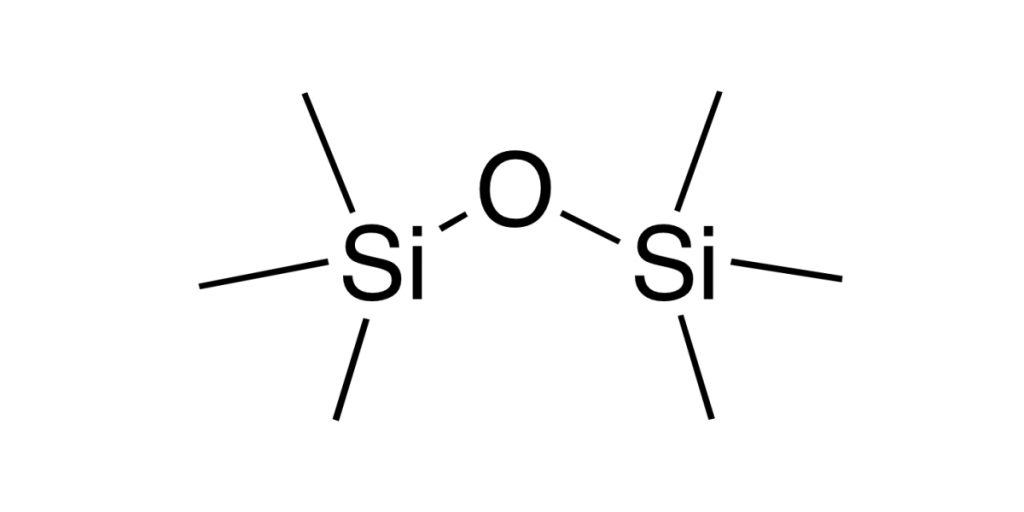
Silicones are made up of alternating silicon and oxygen atoms, so they are safe on their own but harmful to the environment. They are most commonly used in color cosmetics, hair products, moisturizers, and other skincare ingredients in which silicones need to be avoided.
Silicones are used in various products to soften, smooth, and moisturize. Silicones are only prohibited in organic cosmetics.
Some cosmetologists claim that silicones are dangerous to skin health. For example, people who suffer from acne should especially avoid makeup products with silicones as ingredients because the ingredient clogs pores and prevents the skin from breathing. It also leads to premature aging. Scientists are also researching that silicones can affect the reproductive, immune, and nervous systems and disrupt hormones.
Phthalates
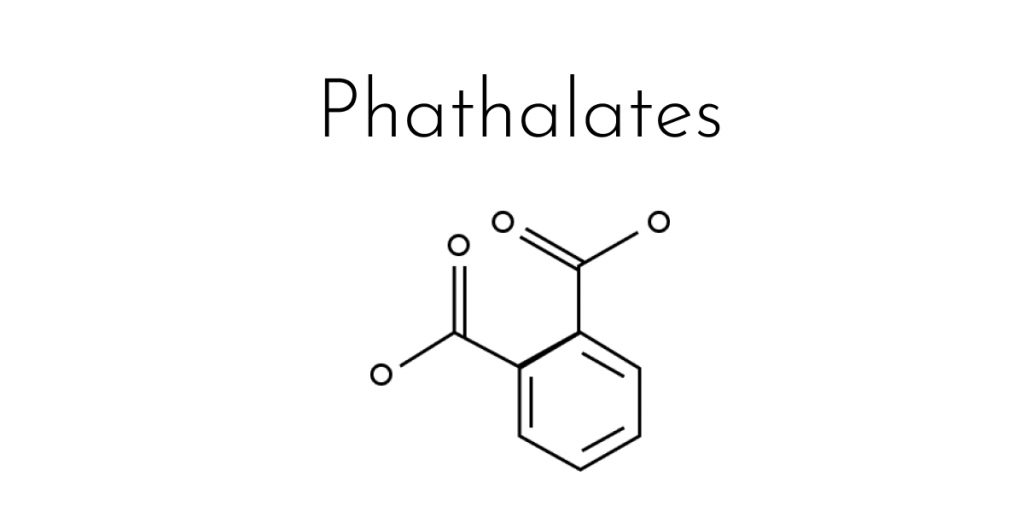
Phthalates are a group of chemicals used to make products more supple and increase their ability to retain color and odor. To hide the presence of phthalates in the composition of products, many manufacturers disguise them under the word “fragrances,” but phthalates are worse ingredients for skin care.
In most cases, phthalates manufacture nail polishes as solvents or plasticizers. It is also a substance that helps prevent nail polish from chipping after it dries. For the same purpose, phthalates are added to hairsprays, it is they that help the hair hold its shape, but they are toxic ingredients in makeup.
Phthalates are dangerous because they enter the body through the skin:
- These substances are considered especially dangerous to men because they can disrupt the prostate gland and reduce sperm counts in large amounts;
- The European Union classifies phthalates as a possible cause of the endocrine disruption;
- Phthalates are hazardous for children and can cause liver and kidney disease if ingested.
In the European Union, they are banned from all products. In the CIS countries, only recently was forbidden the use of phthalates in some items, for example, in the manufacture of children’s toys. However, they continue to be added to cosmetics as fragrances in concentrations of 0.4-0.8%.
Dibutyl phthalate (DBP) and diethyl phthalate (DEP) are similar ingredients.
Propylene Glycol (PEG)
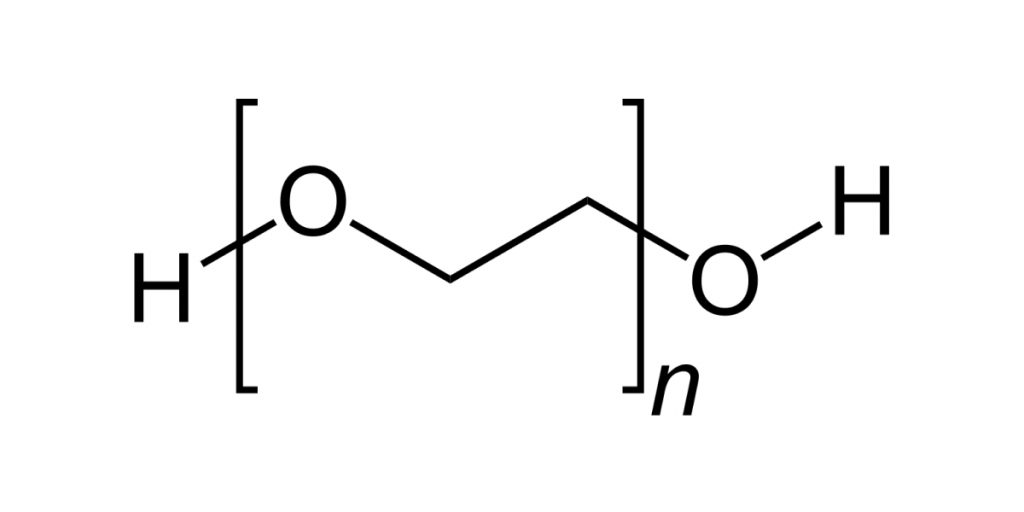
Propylene glycol is a viscous liquid with a faint odor. It is derived from petroleum and is a universal solvent. Propylene glycol is widely used in hair conditioners, deodorants, and sunscreens. In cosmetics, it is used as a moisturizer and conductor of odors and other toxic ingredients for skin care.
This substance is needed to give a creamy consistency to a cosmetic product. It is used as a thickening agent, a solvent, a softener, and a moisture-retaining agent. And it seems that without this ingredient, it would not be possible to create a substance in skin care, but you need to avoid it.
Propylene glycol can contain ethylene oxide and dioxane, depending on the production process. Both substances are considered to be highly harmful to the nervous system. Propylene glycol is very hard to eliminate from the body, so if you come into frequent contact, it can contribute to stunted cell growth and cell division. It can irritate thin skin. In addition, propylene glycol increases the skin’s permeability to beneficial and harmful substances.
Many countries have no restrictions on the use of propylene glycol. International organizations have concluded that legally propylene glycol does not meet the definition of “toxic,” so its use in cosmetics is allowed. But we recommend that you avoid this substance in your cosmetics.
Talc

Talc is a mineral that is a soft and greasy powder. It is most commonly used in face and body powders and is also the main ingredient in baby powder. Talc retains water and prevents the oxidation of materials.
Talc is mainly used in various powders as a filler. It is also used in the pharmaceutical industry. Sometimes talc can be found in deodorants, chalk, soap, paper, and textiles.
If we talk about why talc is a bad ingredient for skin care, here is the answer:
- Talc clogs pores, preventing the skin from breathing, which leads to inflammation and bacterial growth;
- Because talc absorbs water, skin often suffers from dehydration after its use;
- The talc particles remain in the body for a long time and can settle on internal organs;
- Scientists have discovered the dangerous similarities between talc and asbestos, which is why it is classified as a carcinogen;
- In addition, talcum powder is an inhalation hazard – when deposited in the lungs, it provokes the growth of fibrous tissue.
If you’re concerned about your health, avoid this toxic skincare ingredient.
Formaldehyde
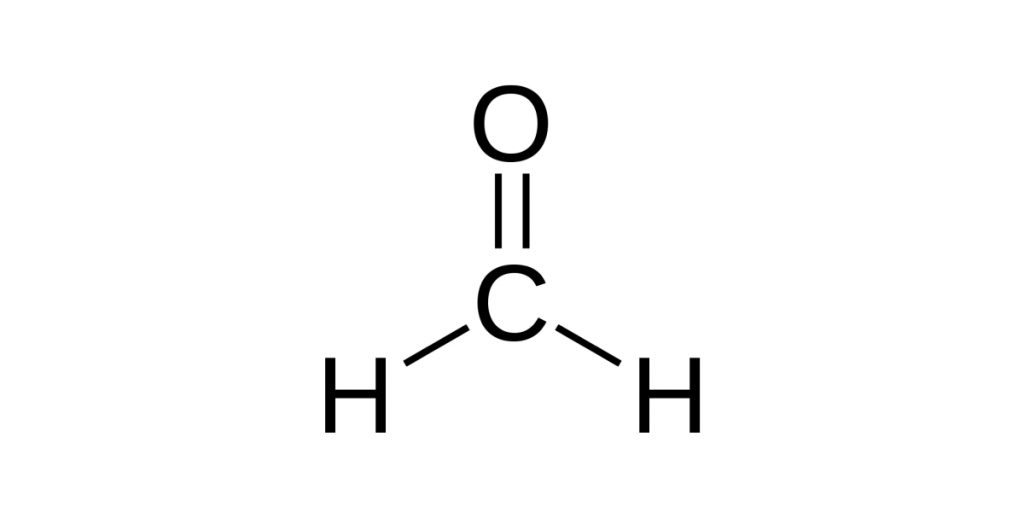
In general, formaldehyde is a colorless gas with a pungent odor. In makeup, this ingredient is used as a preservative, especially in moisturizing products and hair products, but alas, it is toxic and should be avoided.
Formaldehyde is used in the creation of cosmetic concentrates. It is also widely used in the production of resins and cleaning products. Although this gas is found in nature, its production reaches 21 million tons annually.
The International Agency for Research on Cancer classifies formaldehyde as a carcinogen. It can be released from cosmetic substances and absorbed through the skin. In small doses, some formaldehyde compounds can irritate the skin and eyes, but in higher doses, the effects can be irreversible.
For example, the maximum concentration of formaldehyde in oral hygiene products should be 0.1%, and in other cosmetics, 0.2%. If the formaldehyde content in cosmetics is less than 0.05%, the manufacturer is not required to list it in the ingredient list.
Therefore, it is better to purchase cosmetics from companies that do not use this substance in their products.
Mineral Oil
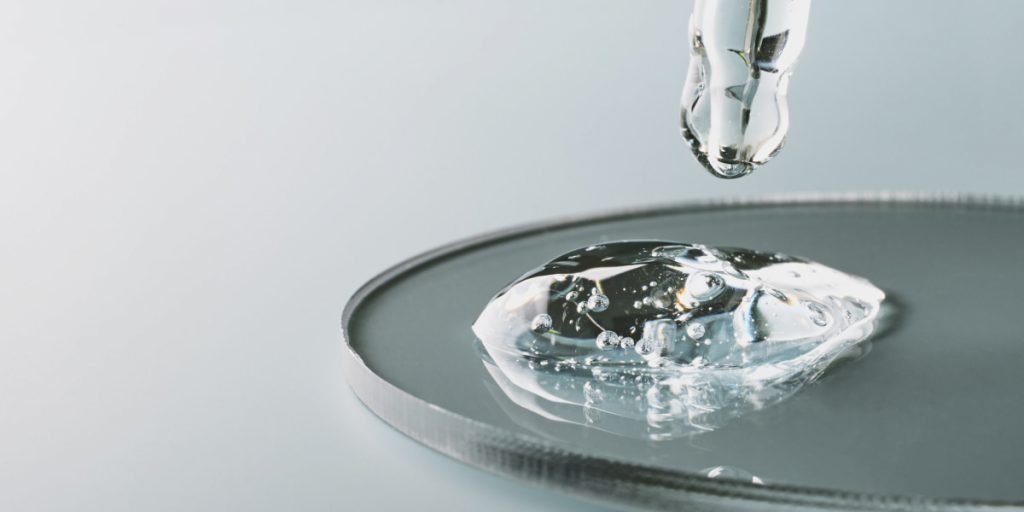
You may have heard about the benefits of mineral oil for skincare, but we are sorry to disappoint you – this ingredient is far from being as harmless as it seems.
Mineral oil is a derivative of petroleum. It is obtained from crude oil during distillation and further refinement. Mineral oil is used in skincare, makeup, and hair care products. You can find it in various ointments and sometimes in baby oils.
The problem with mineral oil is that it creates a barrier on the skin that does not allow it to breathe. It can lead to dehydration and the accumulation of toxins under the skin. In addition, mineral oil is considered comedogenic, which can clog pores and lead to the formation of blackheads and pimples.
So, if you want to keep your skin healthy, avoid using skincare products that contain mineral oil.
Bottom Line
Avoid using skincare products containing toxic ingredients like propylene glycol, talc, formaldehyde, and mineral oil to keep your skin healthy. Choose skincare products from companies that do not use these substances in their products. Thanks for reading!
FAQ
Why Can Some Ingredients In Cosmetics Be Dangerous?
The problem with some skincare ingredients is that they create a barrier on the skin that does not allow it to breathe. It can lead to dehydration and the accumulation of toxins under the skin. In addition, some skincare ingredients are considered comedogenic, which can clog pores and lead to blackheads and pimples.
Can Toxic Ingredient Be Fatal?
In some cases, exposure to toxic skincare ingredients can be fatal. For example, formaldehyde is classified as a carcinogen by the International Agency for Research on Cancer. Exposure to formaldehyde can irritate the skin and eyes and, in high doses, can be irreversible.
How Do I Know If A Skincare Product Contains Toxic Ingredients?
The best way to avoid using skincare products containing toxic ingredients is to purchase cosmetics from companies that do not use these substances in their products. You can also check the ingredient list of a skincare product to see if it contains any toxic ingredients.
If A Product Is Labelled Organic, Does It Mean It Is Free Of Harmful Ingredients?
Not necessarily. The FDA does not regulate the term “organic,” so companies can use it on skincare products even if they contain harmful ingredients. To be sure that a skincare product is free of toxic and harmful components, check the ingredient list or purchase cosmetics from companies that do not use these substances in their products.
Could There Be An Excess Of Toxic Ingredients In The Products?
It is possible. For example, if a skin care product contains talc, it may also contain asbestos, a carcinogen. It is better to buy products from international companies that have quality certificates.





